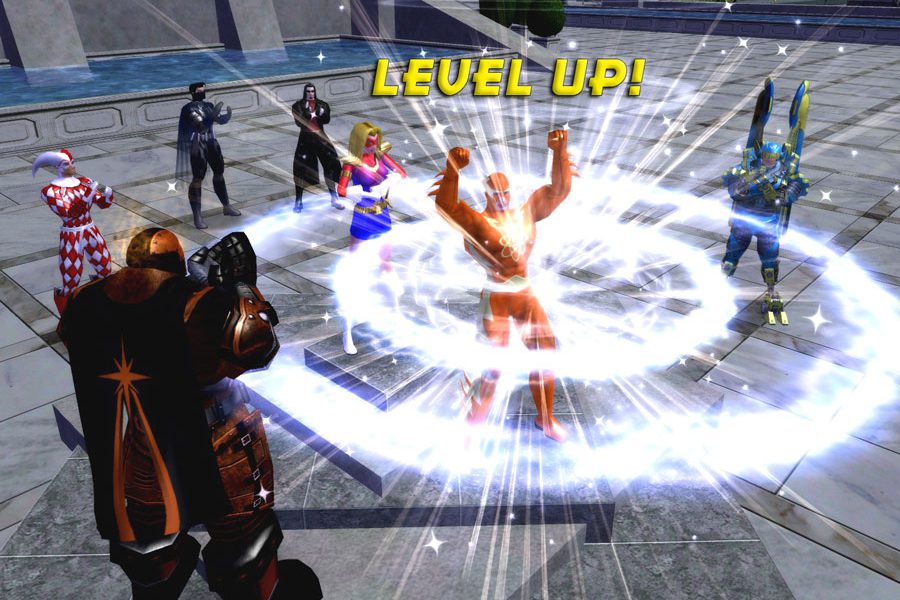There are many things I still don’t understand when it comes to Okinawan Karate.
One being their facilities.
Or, as we usually call it – the dojo.
Whereas a dojo in the West might to have things like sofas, TVs, a lobby, maybe a snack bar, reception, mats, pads, fancy strength training equipment, showers and such – rarely do you see these kinds of luxury articles in an Okinawan dojo. Sure, okay, sometimes you do. I’ve been to fancy dojos in Okinawa, they do exist in some places.
But it’s not the norm.
In fact, when I think of the most skilled practitioners I’ve encountered in Okinawa, whether adults or kids, in Karate or Kobudo, they all have at least one thing in common.
They belong to a butt-ugly dojo.
In other words, their training facilities tend to be rundown.
Rusty. Makeshift. Overcrowded.
Old.
Sometimes downright crummy.
I don’t want to mention any names or places, but exhibit A could be some of my friends who quite recently secured a male team kata place in the Japanese WKF national team. They’re super talented. No, I don’t believe in the word talent, but they’re super great anyway. One of them even won the 37th High School Interhigh Championships of Japan just last October. Awesome dudes.
And their dojo?
An insanely small public community centre.
Located in some shady backstreet far away from fancy monorail trains and shopping streets.
I mean, it doesn’t even have real locker rooms! We just change in the staircase outside. And there is one (yes, 1) bathroom for everyone to share! As icing on the cake, there is one (1) small mirror that everyone has to fight about, and it’s not even located in the dojo room! No “dojo” sign hanging outside neither. No sophisticated calligraphy on the walls. No makiwaras. No wooden floor, even!
Yet this “dojo”, despite its considerably-less-than-lovely setting, has produced World Champions. Yes, it’s true, and I’m very sure there are more to come.
Crumminess + Crowdedness = Beautiful Talent.
Isn’t it… fascinating?

The same goes for other dojos in Okinawa too. Oh yes. For example, one of the most incredible Kobudo dojos of Okinawa that I’ve had the pleasure of training in… is basially a shack!
Tin roof and concrete floor. Some chairs. A couple of bo staffs leaning against the wall. An old table in the middle. Training is done outside in the dirt if the weather allows. No “dojo” sign hanging anywhere outside, again. The only makiwara, if you could call it that, is an old car tire hanging from a rope in a tree!
Yet, the magnificent Kobudo practitioners that this dojo has produced I can’t even describe with words.
Just sheer brilliance.
Of course, all of this strikes most of us comfy Westerners as surprising. To the modern American/European mind, crumminess and crowdedness are considered deeply undesirable, right? We all instinctively strive for polished wooden floors, top-level technology, finest tatami mats, comfortable surroundings… and enough space so that each age group may gather in splendid isolation for maximum development.
High quality surroundings give high quality skills.
Right?
Well… almost. Considering what we are seeing in Okinawa, the million yen question is; is talent really developed better in roomy, fancy, well-appointed facilities? Or is there something special going on in these dimly lit Okinawan dojo-shacks? To put it simply, are there any advantages to being crummy and crowded? To being below “standard”?
Perhaps you actually need spartan surroundings to produce Spartan warriors?
We’re all acquainted with the phenomenon of the scruffy underdog from the remote country who rises up and defeats big, fancy Goliath from a richer country — we see it all the time in sports, music, movies and business. Hard work and dedication always wins over talent and money (unless talent and money works equally hard). So perhaps crumminess and crowdedness, used properly, can be advantages? Perhaps it makes you work harder, for some reason? I think so, at least.
Skinny Okinawan kids might look like underdogs to a Western visitor — but in fact, they’re might be overdogs.
Because they’ve designed the perfect space for creating deeper, better, thorough practice – igniting more motivation.
Success comes from the inside. And if the outside (our surroundings) don’t look specially nice, our passion for making them nicer, in striving for that rose-growing-out-of-concrete effect just grows stronger. And stronger. A quick look at MMA, for example, shows the same trend – from the mean streets of Rio de Janeiro to the dark woods of Stary Oskol, the hardest fighters have almost always come from the hardest conditions.
I mean, if your dojo has a big fat sofa to chill in – with a flat-screen TV in front – chances are pretty big that you’re not going to do a couple of extra kata after training.
You’re going to be chillin’ with the rest of your friends.
Every single time.

So what should we do about this problem? Because it is a problem. Should we simply demolish our fancy facilities and replace them with crowded, worn-out, tin-roofed structures? Should we start training in ancient community centres, mold hanging from the ceiling?
Please don’t.
Or, well, you could theoretically do that, but you don’t really need to. Because the magic is not in the dojos themselves. The real magic is in the consequences, the impact, that these facilities have on its members and inhabitants.
Looking closely at some useful elements from these Okinawan hotbeds of talents, let’s try to copy some stuff.
A few ideas:
- 1. Find ways to mix age groups. Isolation kills motivation, so don’t have different age groups in different subsections of your fancy dojo complex. Nothing sparks hard effort and intense training like staring at older talent, someone who you want to become. Someone with a higher belt than you. Therefore, putting groups together — even in passing, as in a waiting room or changing room — injects a burst of motivational electricity in people.
- 2. Aim to make facilities spartan and simple. Luxurious surroundings diminish effort — and why shouldn’t it? Fancy stuff is a signal to our unconscious minds that we’ve got it made — so why should we keep taking risks and putting ourselves through hard work? Of course, this mindset is not something we want. We want that hunger, that passion. Compare it to a fatty who tries to lose weight; if he goes to work in jogging shoes (rather than business shoes) the chances that he one day suddenly breaks into a jog is higher, right? Control the surroundings to control yourself.
- 3. When given the choice, invest in people over facilities. Teachers are the real engine of the day-by-day learning process that drives any successfull dojo. No sensei, no dojo. You know it, I know it. The addition of one master teacher creates more talent than a million dollars’ worth of bricks, mortar and flat-screen TVs. Think people over products.
Last but not least…
- 4. Don’t ever let anyone complain over the conditions of a dojo. Because you already know why.
I imagine hundreds of other conclusions can be drawn from the comparison of Japanese, Okinawan, European and American dojos, but these observations might be the most important ones.
What do you think?
Let me end this post with a test:
Imagine if you received a check for $10,000 tomorrow to help develop talent in your dojo. You need to use all of the money. How would you use it?
- Pay for new equipment?
- Build bigger social space?
- Hire the single best extra sensei you can find?
- Pay existing sensei/sempai extra?
- Get new facilities?
- Give money (stipend) to the students who train the hardest?
- Start top-notch series of seminars for students and teachers?
HAHA, suckers! Keep the money and escape quickly before the authorities find out, preferably to the French Riviera… or maybe Thailand?! Yeah, Thailand it is, living a jet-set life in complete luxury and freedom for the rest of my… Oh, inner dialogue. Better delete this.
In the end, the hard part is figuring out if you really want your dojo to be a successfull a) business dojo or b) striving-for-greatness-in-students dojo.
Ultimately they will become one and the same – but you have to start somewhere.
Preferably in the middle.



27 Comments